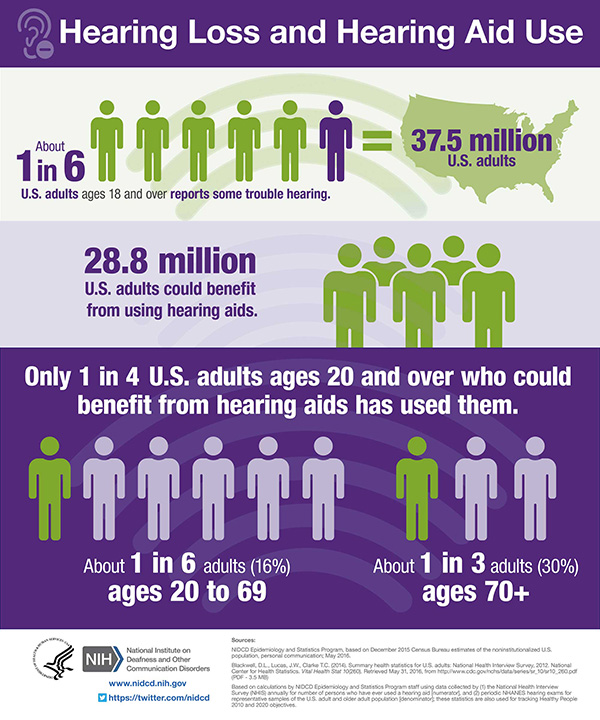Leading 5 Effective Therapies For Dyslexia: What Works Best?
Leading 5 Effective Therapies For Dyslexia: What Works Best?
Blog Article
Author-Booth Garrison
Picture browsing a labyrinth where the walls shift unexpectedly-- this is typically how people with dyslexia experience literacy. You're most likely aware that effective treatments can help develop more clear pathways, but with many alternatives offered, it can be difficult to understand which ones really make a distinction. From structured literacy programs to innovative assistive innovation, each technique supplies distinct advantages. So, what's the most effective technique to take? Let's check out the top five therapies that could transform the knowing experience for those facing dyslexia.
Structured Proficiency Programs
Structured proficiency programs are essential for efficiently instructing people with dyslexia. These programs concentrate on the systematic and specific guideline of analysis, composing, and spelling. They make use of a step-by-step approach that highlights phonics, which implies you'll find out to decode words based on their noises. When you participate in structured proficiency, you'll locate that it develops your skills gradually, ensuring you understand each part before moving to the following.
You'll likewise take advantage of the clear, straight mentor approaches these programs use. This suggests much less uncertainty and more self-confidence as you discover. Structured proficiency is designed to provide especially to the requirements of students with dyslexia, addressing their distinct challenges. You'll usually see consistent routines that assist reinforce discovering and retention.
Furthermore, structured proficiency programs sustain comprehension by instructing you how to examine text and understand its definition. This strategy not only improves your analysis capabilities but likewise promotes a love for analysis.
Multi-Sensory Discovering Techniques
While conventional reading methods usually focus solely on visual or auditory understanding, multi-sensory knowing techniques involve multiple senses to enhance understanding and retention for people with dyslexia. These techniques help you connect new information with existing knowledge, making learning more reliable.
One reliable approach is utilizing responsive products, like textured letters or sandpaper shapes. When you map these letters while stating the audios they make, you trigger touch, sight, and sound all at once. This can strengthen your memory and improve recall.
Integrating https://people.com/u2-larry-mullen-jr-dyscalculia-diagnosis-8760971 into learning can also be beneficial. For instance, you might use gestures or body language to stand for words or principles, making the information more remarkable. Participating in tasks like writing words airborne can even more solidify your understanding.
Additionally, using visit the site , such as color-coded charts or layouts, can help you arrange details more effectively. Incorporating these sensory experiences creates an abundant knowing environment, making it much easier to comprehend complex ideas.
Ultimately, multi-sensory understanding strategies equip you to discover in a way that suits your one-of-a-kind demands, promoting confidence and success in reading and writing.
Assistive Innovation Devices
Assistive modern technology tools play a vital duty in supporting people with dyslexia by making analysis and writing tasks a lot more easily accessible. These tools can significantly improve your knowing experience and improve your self-confidence.
https://dyslexia-remediation-meth86307.blogproducer.com/39719235/resources-and-tools-to-improve-dyslexia-learning-in-your-home is text-to-speech software, which reads message out loud, assisting you better comprehend created material. This attribute is particularly beneficial for prolonged papers or textbooks.
Another reliable tool is speech-to-text software. By allowing you to talk your ideas rather than inputting them, it decreases the obstacles you could confront with spelling and creating fluency.
Furthermore, word prediction software program can aid you by recommending words as you type, making it simpler to reveal your concepts without getting stuck.
E-readers and digital platforms frequently feature adjustable settings that let you change font dimension, background color, and spacing, helping reduce visual stress.
Ultimately, applications created to enhance phonological understanding and reading skills can supply appealing method in an enjoyable layout.
Speech and Language Treatment
In addition to assistive technology, speech and language treatment can be a useful resource for people with dyslexia. This therapy concentrates on enhancing your communication abilities, which can significantly impact your reading and writing capacities. A professional speech-language pathologist will assess your particular demands and establish a customized strategy to address them.
During treatment sessions, you'll engage in exercises that target phonemic recognition, vocabulary structure, and language comprehension. By improving these fundamental skills, you'll locate it easier to decipher words and recognize texts. The specialist might likewise give techniques to aid you self-monitor your reading and writing, allowing you to end up being more independent in your understanding.
Additionally, speech and language therapy isn't nearly reading; it also assists you express your thoughts more clearly. This can enhance your self-confidence in class discussions and social interactions.
Parental Involvement Approaches
Parental participation plays a critical role in supporting kids with dyslexia, as parents can directly affect their youngster's knowing journey. By actively engaging in your kid's education, you can help them overcome obstacles and develop self-confidence.
Below are some efficient techniques you can use:
1. ** Develop a helpful home environment **: Assign a peaceful, well-lit area for analysis and homework. Make sure your child feels comfy and encouraged to ask concerns.
2. ** Urge routine reading **: Review with each other daily, choosing publications that match their interests and reviewing degree. This technique improves their abilities and promotes a love for literature.
3. ** Communicate with educators **: Preserve open lines of communication with your youngster's instructors. Regularly discuss your youngster's progress and any kind of worries. Collaboration can result in much more tailored support.
4. ** Celebrate success **: Identify and celebrate your child's successes, no matter just how little. Positive support increases their inspiration and self-worth, making them extra excited to discover.
Verdict
Finally, tackling dyslexia is like piecing together a challenge-- each treatment fits uniquely to create a total photo of success. By accepting structured proficiency programs, multi-sensory techniques, assistive technology, speech therapy, and adult participation, you can considerably improve analysis and composing abilities. Keep in mind, every individual's journey is different, so don't wait to combine these methods to locate what jobs best for you or your kid. With patience and support, progress is not simply possible; it's attainable.
